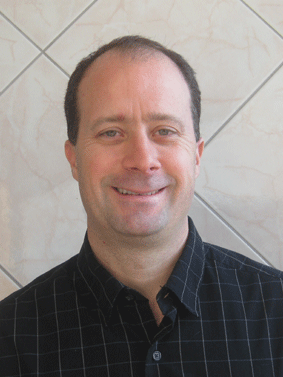We can do a good job of predicting this, but the question is “Can we do better?”. The Statistician W. Edwards Deming showed Japan’s auto industry the importance of increasing quality and HP aims to do the same.
How do you staff a calling center optimally so that you balance the phones getting answered and ensure employees are not just sitting around with nothing to do?
We can use reports and get averages of the days and semi-hours from the past few weeks and use that as an estimate. We can use some body language and bump volume up or down around holidays from what we saw last year. We can adjust for trends, yearly cycles, holidays and events. We can adjust the expected volume by the type of call center due to prevailing market conditions. In the end, it all becomes a complicated mathematical ‘factoring’ chore that needs constant love and attention when time series modeling can identify the relationships within the data and adapt to changes over time automatically.
By using daily data, we can get an overall view of the macro trends in the data. We can use that data as a causal variable to use in 48 different semi-hourly models and forecasts. This approach uses a combination of Box-Jenkins with Intervention Detection and Mixed Frequency Modeling. Sounds complicated? Isn’t everything?
What would you do? Your thoughts and comments are appreciated.
Jerry Shan
Principal Scientist
Hewlett Packard
Tom Reilly, VP of Sales
Automatic Forecasting Systems
See JERRY SHAN from HP & TOM REILLY from AFS Speak in San Francisco at IBF’s:
$795 USD for Conference Only Group!
April 28-30, 2010 (3 Days)
San Francisco, California USA




